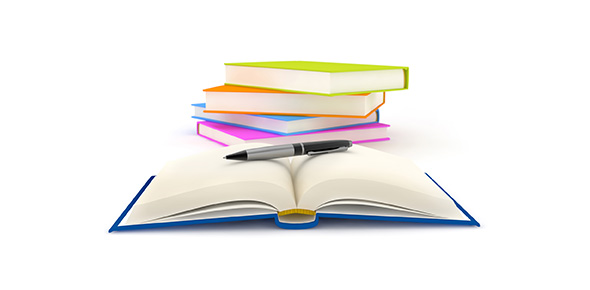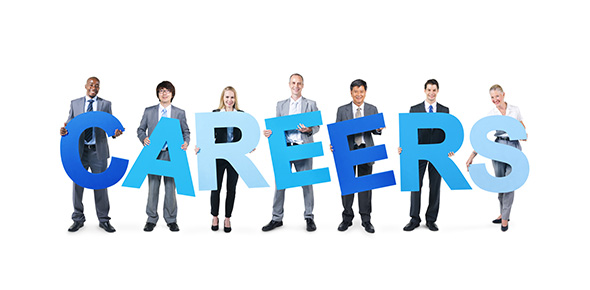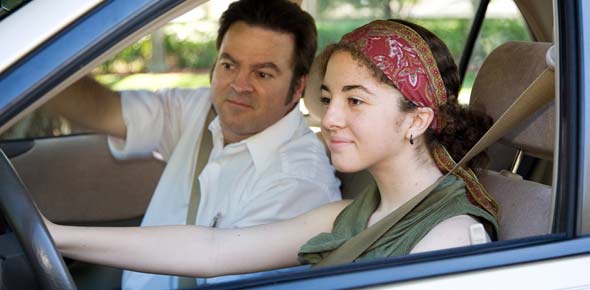Related Flashcards
Related Topics
Cards In This Set
| Front | Back |
|
The four aerodynamic forces acting on an airplane
|
Drag, lift, thrust, and weight
|
|
An airplane wing is designed to produce lift resulting from relatively
|
Positive air pressure below the wing's surface and negative air pressure above the wing's surface
|
|
What are some of the "flight instruments" in a modern airplane's cockpit
|
Airspeed indicator, altimeter, attitude indicator, and vertical velocity indicator
|
|
What is a tachometer
|
Indicates speed at which the engine crankshaft is rotating
|
|
What is true regarding the forces acting on an aircraft in a steady flight condition
|
Lift equals weight and thrust equals drag
|
|
A flashing green air traffic control signal directed to an aircraft on the ground indicates what
|
Pilot is cleared to taxi
|
|
What does a steady red light signal from the tower to an aircraft in flight mean
|
Signals the aircraft to continue circling
|
|
What does a flashing red light signal from the tower to an aircraft in flight mean
|
Signals that the airport is unsafe for landing
|
|
Why are propeller blades are curved on one side and flat on the other side
|
To produce thrust
|
|
What is the propeller rotated by
|
The engine
|
|
What do wingflaps provide when in the down (extended) position
|
Greater lift and more drag
|
|
What makes an airplane turn
|
Horizontal component of lift
|
|
What is one advantage of an airplane said to be inherently stable
|
The airplane will require less effort to control
|
|
What is the elevator trim tab
|
A small auxiliary control surface hinged at the trailing edge of the elevators
|
|
How does the elevator trim tab work
|
The elevator trim tab acts on the elevators which in turn act upon the entire plane
|






